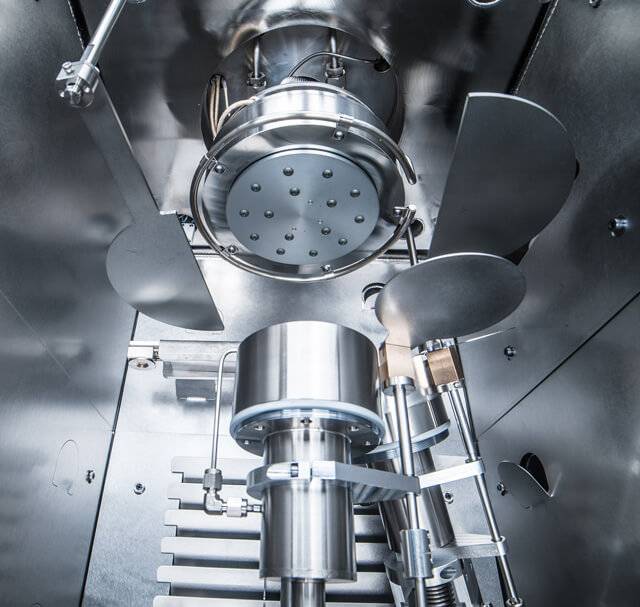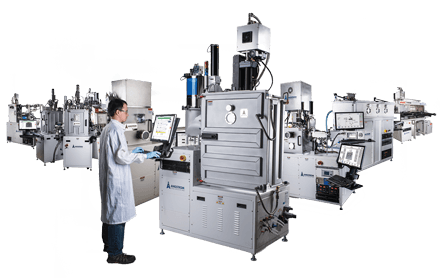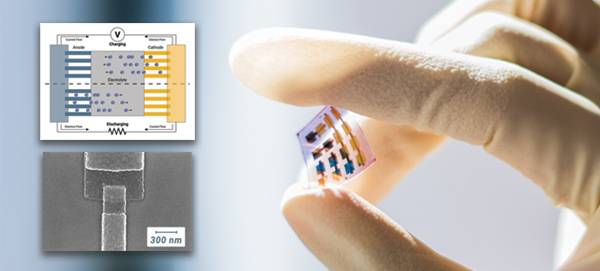Reactive Gas Sputtering

Reactive DC sputter deposition – wherein a metallic target is sputtered in an environment with a controlled partial pressure of reactive gas – can permit higher deposition rates and more precisely controlled film stoichiometry when compared to RF sputter deposition of native oxide, nitride, or oxynitride films.
As the partial pressure of reactive gas in the chamber is increased, the outermost surface of the metal target will transition from a purely metallic state to a purely oxide/nitride state (often called the ‘poisoned’ state). Depositing at high rates with good film stoichiometry requires that the target be consistently kept in a fixed ‘transition’ state somewhere between the purely metallic and poisoned states; if the oxidation state is too low, the film will be sub-stoichiometric; if the oxidation state is too high, the deposition rates will diminish, and the likelihood of arcing is drastically increased.
Arcing occurs during reactive processes when the surface of the metallic target reacts to form a thin, non-homogenous layer of insulating oxide or nitride; as the layer becomes highly insulating, charge accumulation takes place on the surface of the target until it is eventually dissipated in the form of an arc. Droplets of material which are evaporated during the arc can deposit onto the substrate surface, leading to undesirable film properties and performance. Pulsed-DC power delivery is an excellent way to minimize or eliminate arcing during a reactive process. During the pulsed-DC process, a negative bias is applied at frequencies ranging from a few to several hundred kHz; between pulses, a positive ‘reverse’ bias is applied to remove any built-up charge that has accumulated on the surface of the target. The time for which the positive bias is held can be varied depending on the desired state of the target; processes which operate closer to the ‘poisoned’ state can minimize arcing by utilizing longer reverse bias times. For the reasons described above, a pulsed-DC power supply is always recommended when reactive sputtering processes are being considered for a deposition system.
Aeres®, Angstrom’s advanced process control software, has been specifically configured with features and capabilities unique to reactive gas sputtering and pulsed-DC magnetron sputter deposition. Click here to learn more about Aeres®.
For a background overview of magnetron sputter deposition, or to explore other sputtering topics, please click the links below.
Talk to us about it
We’ve found that simply discussing the work and process requirements is the best way to come to a solution. Get in touch!
We look forward to discussing this with you.
This instrument is a workhorse for a number of research groups in Tulane’s School of Science and Engineering.
Please keep up the great work in providing support quickly, professionally, and with strong technical know-how. I’m glad to work with Angstrom.
Dr. Matthew Escarra – Tulane University







